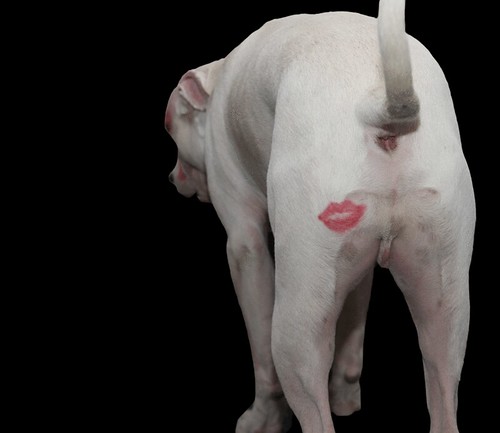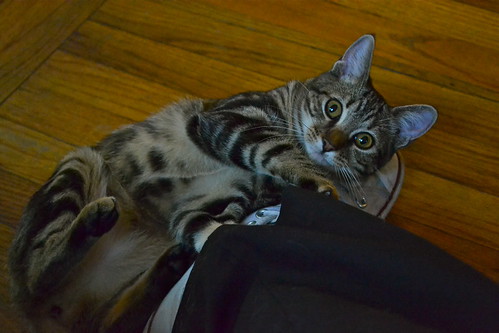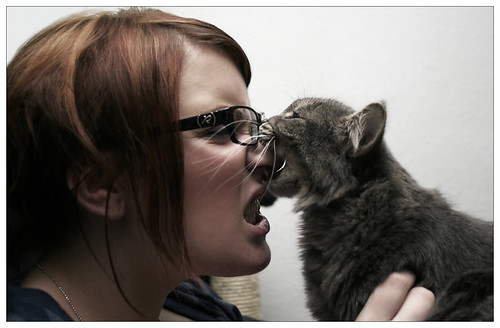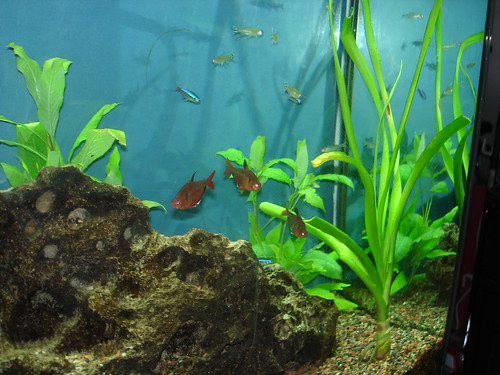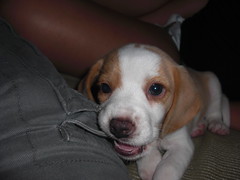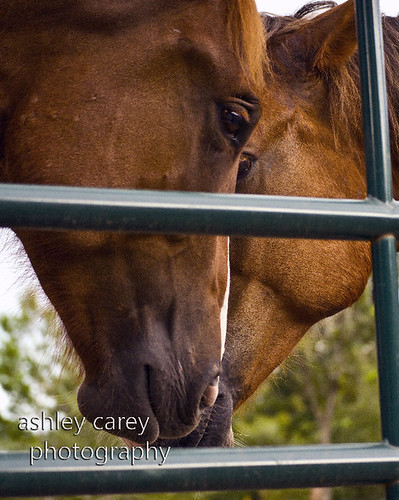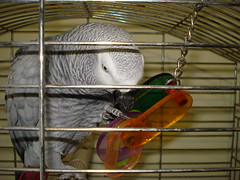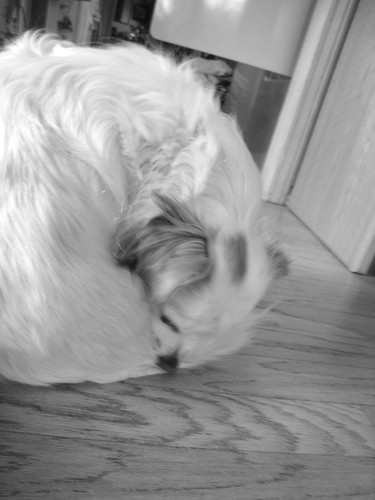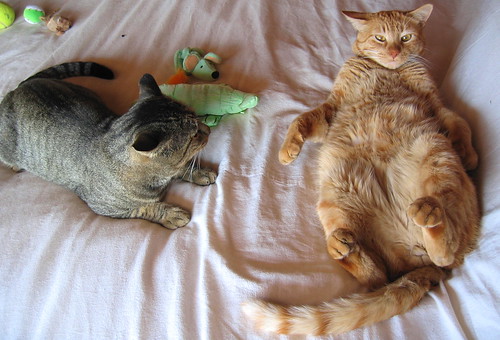The Teddy Bear Hamster is undeniably one of the most popular pets used to introduce children to the responsibility and joy of pet ownership. They are small and active and keep children's attention for long periods of time. Almost everyone has been mesmerized at some point by a hamster running for miles on a hamster wheel. They are relatively inexpensive, and it's not uncommon to be able to purchase everything someone would need to keep one of these fuzzy little animals for under 50$. It sounds like the perfect pet for a trial run with a small child, and they can be. Teddy Bear Hamsters are not the only option though, and sometimes they are not the best.
If you do choose a hamster for a first pet, you should know they do have some habits that may be undesirable in your home and around your children. First, hamsters are nocturnal. This means they sleep during the day and are awake at night. They are also very active while they are awake. They will literally run for miles every night, while you're asleep. This can prove a little inconvenient when your hamster is making noise all night long, running on its wheel, and shuffling around it's cage. It also won't even be awake during the day when you most want to interact with it.
The second habit a hamster has that you may find difficult to adjust to, is it's solidarity. Hamsters are not social creatures. When two hamsters are placed together they will often fight to a gruesome death, and the winner will cannibalize it's opponent. If you're not expecting this, it can be an uncomfortable thing to explain to a small child. Pet stores are often deceiving because they do keep many, sometimes hundreds, of hamsters in the same enclosure. The hamsters they have are all very young, and have not yet developed the instinct to kill their own kind, but I assure you, they will. Behind the scenes, you might be surprised to find how many hamsters are actually killed at a pet store, when one hamster happens to stick around long enough to grow into this instinct. Also, because hamsters are unsocial by nature, they won't usually look for interaction from their human owners. To a hamster, a human is just nothing more then something to else to explore and climb on.
Finally, a hamster has very poor eyesight. Hamsters tend to perceive their world mostly through smell and sound. Unless a hamster has been hand raised, and exposed to being handled by a human, they will bite. They bite almost everything, in an attempt to understand the world around around them. These bites can be painful, and will often draw blood. Definitely not the best situation for a small child.
So what do you do? You've already purchased the cage, litter, and toys for a hamster. Is it time to head to Ebay and pawn these things off on someone else? No! There are still options. You can still have the life learning experience, for nearly the same price. There is another pint sized fur ball that can be your savior, the Gerbil!
Gerbils look very similar to hamsters, with one exception, their tail. A hamster has a very small bald tail, and the gerbil has a longer, hairy tail. Although they look similar, and cared for in exactly the same way, their personalities are like night and day, almost literally!
Gerbils are diurnal, meaning they sleep at night and are awake during the day. They will be most active during the day, and ready for interaction while you're awake. You'll be able to see them eat and play! There won't be a squeaky hamster wheel while you try to sleep.
Gerbils are also social animals. They don't kill their own kind, unless it's an extreme circumstance. Their social nature will lend them to crave interaction from you.Gerbils actually enjoy being in your presence, and love to be held. Many will actually feel comfortable enough to fall asleep in a shirt pocket, or in your hand.
Lastly, they have great eye sight. As a rodent they will chew everything that seems hard enough to wear down their teeth. The difference is, they won't bite just to see what your hand is made from. Gerbils don't naturally bite, unless they have been abused in some way and have learned humans are a threat.
The only difference between the husbandry of a gerbil over a hamster is the wheel. A gerbil's wheel must be fully enclosed, not one of the squeaky metal ones that we are all familiar with. A gerbil's tail can sometimes become caught between the rungs of a metal wheel, and injure the animal.
When choosing your child's first pet, it's best to be informed on the difference between the species that are available to you. Although they look very similar, the differences between a gerbil and a hamster can be the deciding factor in making your child and your pet happy!

 by Nils Geylen
As Christmas draws near and our shopping comes to a close, we may realize we've forgotten someone very important, our pets! Every dog owner knows there's something special about having our canine friends, right by our side opening presents with the rest of the family. In my own personal experience, it's obvious our pets know whats going on, and they become just as excited about it. Dogs that never destroy anything at all, become excited and tear into their own Christmas gifts. They seem to know they are not allowed to tear into anything that is not given to them. So what do we get our pets this holiday season? Here's a few ideas.
by Nils Geylen
As Christmas draws near and our shopping comes to a close, we may realize we've forgotten someone very important, our pets! Every dog owner knows there's something special about having our canine friends, right by our side opening presents with the rest of the family. In my own personal experience, it's obvious our pets know whats going on, and they become just as excited about it. Dogs that never destroy anything at all, become excited and tear into their own Christmas gifts. They seem to know they are not allowed to tear into anything that is not given to them. So what do we get our pets this holiday season? Here's a few ideas.


